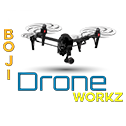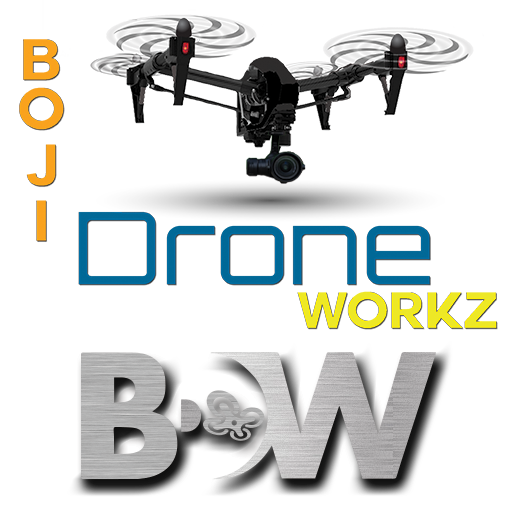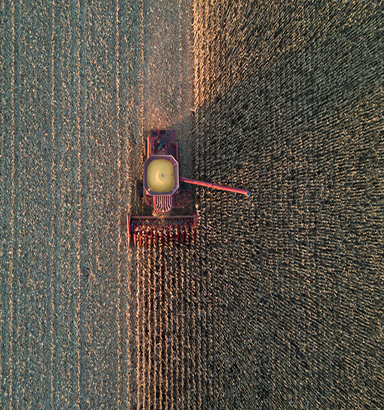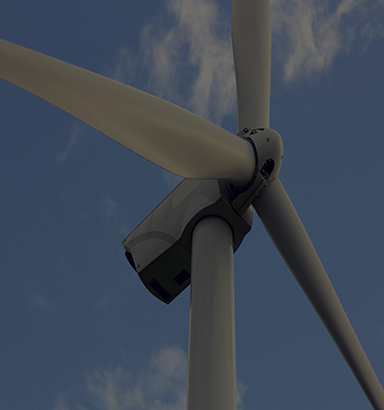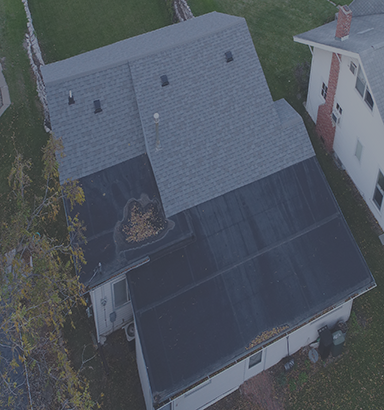Easy, safe flights with lots of practice
We have over 100 hours behind the controller with our drones. Leave the complicated work to us;
- Part 107 License and all drones registered with the FAA
- Knowledge of the FAA rules, NOTAM and METAR
- Insurance E&O with 1 million in liability, this is very important for any job
- Continuing Education
- Knowledge of the latest software
- Drone Instructors
- Knowledge on how to get Certifcates of Authority and Certifcates of Waiver.
Let us take care of this so you don’t have too.
The reason why are services are priced the way they are:
Operating Above the Board: we have completed our Part 107 exam, taken ongoing safety and skills training and our knowledgeable in the art of writing Certificates of Authority to ensure we are flying projects safely and in are in compliance with FAA regulations something that isn’t learned overnight. We have spent hours studying the airspace and how to write COA’s and COW. We have attended numerous Drone Conferences to keep up-to-date with the latest software and hardware.
Software- Before starting a job, you will need to speak with your client about what they are expecting from the job, once that has been clarified you will need to choose the right software for the job. What is this software going to cost and make sure it is written into the job.
SOW (Scope of Work) will need to be written before every job so it is clear to you and your client what the end deliverables will need to be.
Getting ready for the job now that the contract is signed.
Prepare for departure
Look at google earth and analyze:
- How you are going to get to the area
- Where can you land,
- What obstacles are there on-site
- Who you will need to talk to in the area while flying.
Pre-Flight before departing the office
Doing a pre-flight is a very important part of flying a drone; you should take it as seriously as you would if this was a pre-flight inspection of an airplane.
- Identify the location(s) you will be flying is it in a restricted area?
- Do I have my drone license?
- Do I have a COA or COW if needed for this flight?
- Do you have your laptop?
- Is it fully charged?
- SD Cards backed up and cleared and placed inside the drone/camera
- Do you have your formatter, if you don’t you can’t check your work in the field.
- How many drones are you bringing to the job?
- Do you have a Visual Operator(VO)
- Have you checked your flight logs?
-
- Are all cells holding a charge?
- Are they warm enough to fly?
- If they are not warm enough the drone will not take off as it is not allowed to.
- Did you pack everything you need?
- Extra parts
- Propellers- check for any nicks
- SD cards,
- Extra parts
- Battery charger(s) and LiPO bags to keep batteries fireproof.
- Filters
- Landpad and shovel (you may have to land on rough terrian)
- Canopy for hot days to shelter yourselves and your gear.
- Chairs
- Food
- Water
- Generator for power to charge your batteries
- Is the generator full of gas?
- Is your controller and drone’s Firmware up to date
- Have you scouted the location
- Where are you going to take off and land?
- Do you have all the granted permission for the area you are going to fly?
- Have you planned your flight plan?
- What are scheduled weather conditions?
- Is your drone and batteries packed correctly, so they don’t get broken in transport, sometimes you will be off-roading to your location.
- Is your vehicle full of gas? You may need it running to charge your batteries if you have your car wired for plugins or you may need it to warm your batteries.
- What are you going to do if there is inclimate weather?
- What are you Emergency Procedures for this mission?
- Are there any hazads in the area, power lines, trees or other structures?
- What is your launch site like is it heavily populated
- Are there any areas in your mission that can cause severe wind turbulence?
- Are the winds over 20mph, if so don’t go.
- Brief any participants of the plans on how you are going to fly your mission.
- In heavily populated areas what are traffice patterns, what is the foot traffic like
- Is there any magnetic inference. Steel and buildings can cause issues.
- Is there any radio interference around?
- Is there any 2.4 GHZ and 5.8 GHZ are both used by Drones and your home router. If you are in a densily populated areas you may run into frequency transmission uses.
- Example: 2.4 Ghz will transmit data farther than 5.8 Ghz due to the lower frequency and longer wavelength. 5.8 Ghz will however transmit data at faster speeds, possibly reducing latency. 5.8 Ghz though, due to shorter wavelength will be more prone to interference from solid objects such as trees, tree leaves, and even raindrops.
Pre-Flight
- What direction is the wind coming from, use this information for planning your drone from crashing if an incident arises.
- Talk with the public in the area you will be flying and let them know what you are going to be doing and how.
- Designate your Pilot in Command (PIC) and Visual Observer (VO), if there are several PICs make sure someone is managing them all.
- Unpack gear
- Check light conditions
- Select a filter set your ISO and shutter speed
- Drone (Aircraft) check
- Ensure body of the drone is completely intact.
- Battery full?
- SD card installed?
- Are you shooting in RAW or JPEG or Video MOV4 or mp4? Always shoot your photos in RAW so you can edit them in Adobe Lightroom as this will give you a lot of flexibility in your after effects in jpeg you are pretty locked in. mov4 or mp4 is going to depend on whether you have a MAC or PC.
- Check for lose wires.
- Check to ensure the propellers are secure and locked.
- Remove gimball guard.
- Place your controller antennas in upright position.
- Calibrate Compass for your new location.
- Set up landing location
- Make sure it is on a flat surface and clear of any debris, any angled ground will make your drone tip over.
- Clear drone for take off
- Hover
- Rock left and right, forward and backward no more than 3 feet off the ground to ensure the drone doesn’t have any loose parts.
- Check to see that your video link is working.
- If you’re flying with in another drone(s) then you need to designate a lead flyer that calls out flight maneuvers.
- Discuss flight patterns with your VO (visual observer)
- Clear drone for take off
- Make sure it is on a flat surface and clear of any debris, any angled ground will make your drone tip over.
- Check light conditions
Flight
- Take off and scout the area before you begin your shoot. Once you have the area that you want to shoot, bring the drone done put in a new battery and get your shots!
- Start your work, continuely watching your batteries, video link, weather conditions and your surrounds
- Flight(s) completed: bring down your drone and land. Take out your SD card insert it into your computer and check your footage. Check your footage. Does it meet the requirements of the SOW? If so, then pack up all your gear, following your drone checklist in reverse. Pack up everything securely make sure all batteries have cooled off and are safe so there is no potential for them to explode. Make sure they are secure in your vehicle.
Post Flight
Now the fun begins, what you will need depends on the job. Take all your data that you created and get it ready for your client.
Please note that all of this software takes a bit to learn how to use
- Video Editing- I recommend Adobe Premiere
- Photography Editing- I recommend Adobe Lightroom and Photoshop
- Sending your data through software where it is extrapalated and put into a PDF, ensure the data is what the client request and submit to client.
- Unpack your gear.
- Charge your batteries
- Charge your controller
- Replace anything that was lost or broken
